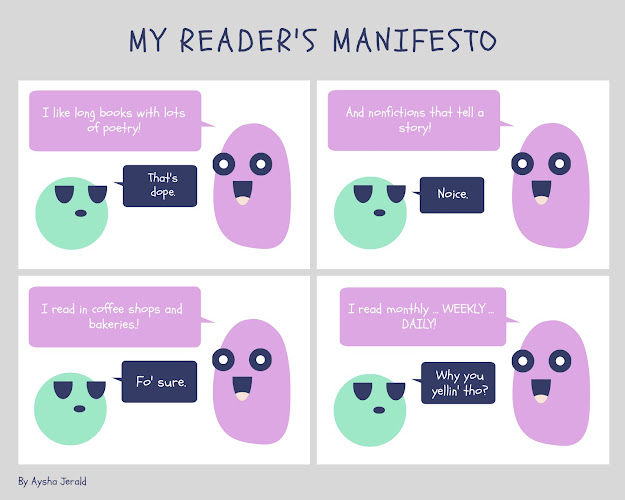Final Blog Post
As I begin wrapping up my course study on Young Adult Literature, my mind is a chaotic mess. Honestly, I loved the course. I loved being able to read again, and this time with a new lens. I feel a new surge of energy and advocacy inside of me, yet I also feel at loss as to what to do. To simplify, I believe that YAL should be taught in ELA classrooms along with classics. However, it's convincing others of this (especially the school board) that places me at a crossroads.
YAL is an important genre that is continuously overlooked. I know this because prior to this class, I overlooked the genre multiple times. I had grown out of that phase in my life and moved on to reading more "adult" novels, like The Goldfinch, The Golden Age, and The Harmony Silk Factory. I believed those books -the contemporary, adult genre- were the most influential and important books of our time. Now, I'm not so sure.
There is a great power that exists in YAL. When I was younger, that power hadn't existed for me. I enjoyed the novels, but I wasn't changed by them. This was largely because I was reading similar narratives that involved a white protagonist saving the day. Yet, now, the narratives are different. More diverse titles, narratives, and perspectives have emerged, most of which I had never been previously exposed to. Today, you have a multitude of LGBTQ+ novels, like Aristotle and Dante Discover the Secrets of the Universe and Darius The Great Is Not Okay. You also have a multitude of protagonists of color, not as token characters, but as real, valued beings, like in The Hate U Give and The Belles. You have fantasy novels that take place in a fictional Africa (Children of Blood and Bone), and magical realism novels that take place in Taiwan (The Astonishing Color of After). Suddenly, within the last five years or so, many YAL novels have emerged and changed the game. And, they are demanding the attention of not only students but also schools.
The new breed of YAL is different. It's heartfelt and real and reflective of all young adult lives. That is why teachers need to read and include them in their libraries and lesson plans. Frankly, classic novels have been old news for years. They don't engage the students, and they aren't even really admired by the students. In all my years as a secondary school student, there have only been two classics that I've admired. The rest were tolerated. They were tolerated because they didn't mean anything to me as a 21st-century girl. To be honest, On the Come Up meant more to me than The Invisible Man. Lily and Dunkin meant more to me than Orlando. I Am Malala meant more to me than The Diary of Anne Frank. Why? Because those characters were real to me. They were present, alive, and living embodiments of the 21st-century people I encounter each day. I could understand, analyze, sympathize, and relate to those protagonists because I knew them. (Well, I didn't actually know them, but you get the gist.)
It frustrates me that teachers today can't see how desperately ELA students need YAL. While there is research out there that proves the authenticity and positive implications of the genre, many still turn their noses up at it. In a way, I get it. Change is terrifying. Yet, change is necessary. It is necessary to always push for new ideas, experiences, and methods. That is how we evolve and truly thrive.
Although I can arrive at each battle involving the prospects of YAL equipped with knowledge and experience, I know the terrain is wide and full of obstacles. Still, I will not stop fighting, and I will not stop reading. To stop reading is to lose strength, and I need all I can get.
I'm thankful for the mentality this class has given me. Frankly, I don't believe I would have obtained the mentality any other way. Yet, everything happens for a reason, and I'm so, so glad this summer happened to me.

Comments
Post a Comment